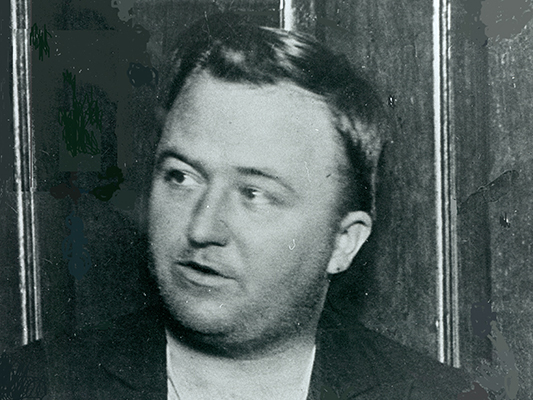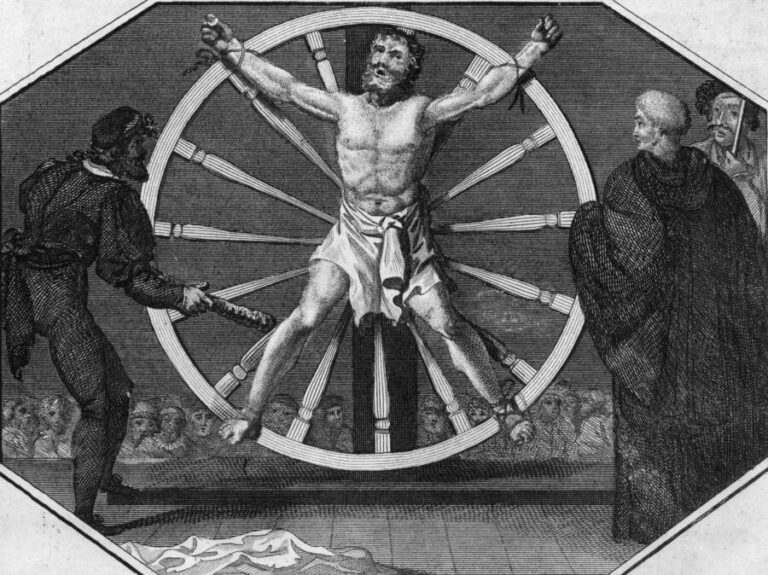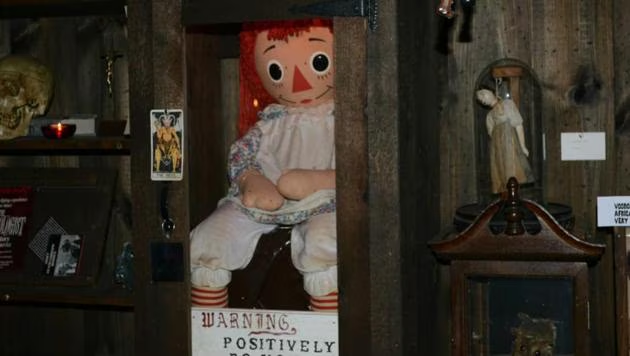The Untold Story of Dean O’Banion: Prohibition-Era Chicago’s Infamous Crime Boss
Who Was Dean O’Banion?
Dean O’Banion, born in 1892, was one of Chicago’s most notorious gangsters during the Prohibition era. His influence on organized crime and his brutal methods made him a feared and respected figure in the criminal underworld. To understand his impact, let’s delve into his early life, rise to power, and the legacy he left behind.
Early Life and Background
Dean O’Banion was born on July 8, 1892, in Chicago, Illinois. Raised in the rough neighborhoods of the North Side, O’Banion’s early life was marked by poverty and hardship. His family struggled financially, and he was exposed to crime from a young age. O’Banion’s experiences growing up in a harsh environment played a significant role in shaping his future criminal endeavors.
Entry into Crime
O’Banion’s foray into the criminal world began in his teenage years. He started with petty theft and small-time hustling but quickly rose through the ranks. His early criminal activities caught the attention of local gangs, and he began working as a bootlegger and enforcer. By the 1920s, O’Banion had established himself as a key player in Chicago’s North Side gang.
Prohibition and Its Impact on Chicago
The Prohibition Era
The Prohibition era, which lasted from 1920 to 1933, was a time of significant upheaval and transformation in American society. The 18th Amendment, which prohibited the manufacture, sale, and transportation of alcoholic beverages, led to a surge in organized crime. Gangs like O’Banion’s took advantage of the ban on alcohol to expand their operations and gain immense wealth.
Prohibition’s impact on Chicago was profound. The city became a battleground for rival gangs vying for control of the lucrative alcohol trade. The era was marked by violence, corruption, and a dramatic increase in organized crime activities.
Key Figures in Prohibition-Era Chicago
Chicago’s criminal landscape during Prohibition was dominated by several key figures. Alongside Dean O’Banion, prominent gangsters included:
- Al Capone: The leader of the South Side Italian Mafia, Capone was O’Banion’s main rival.
- Johnny Torrio: Capone’s mentor and a significant figure in the Chicago Outfit.
- George “Bugs” Moran: The leader of the North Side Gang after O’Banion’s death.
These figures were instrumental in shaping the criminal dynamics of the era, with O’Banion’s gang playing a central role in the North Side’s operations.
Dean O’Banion’s Criminal Empire
Formation of the North Side Gang
In the early 1920s, Dean O’Banion solidified his control over the North Side gang, which became one of Chicago’s most formidable criminal organizations. The gang’s activities included bootlegging, robbery, and extortion. O’Banion’s leadership and strategic acumen allowed the gang to expand its influence and territory significantly.
The North Side Gang was known for its brutal enforcement tactics and its dominance over the illegal alcohol trade. O’Banion’s ability to maintain control over his crew and manage lucrative operations made him a powerful figure in the criminal underworld.
Conflicts and Rivalries
O’Banion’s rise to power was not without its challenges. His gang faced intense competition and frequent clashes with rival factions, particularly the South Side Italian Mafia led by Al Capone. The rivalry between O’Banion and Capone was marked by a series of violent confrontations and territorial disputes.
One of the most notable incidents was the St. Valentine’s Day Massacre in 1929. Although the massacre was orchestrated by Capone’s men, it was a direct result of the ongoing feud between Capone and O’Banion. The event was a turning point in the gang wars of Chicago and highlighted the extreme violence of the era.
Major Incidents and Crimes

The St. Valentine’s Day Massacre
The St. Valentine’s Day Massacre was one of the most infamous events in Chicago’s criminal history. On February 14, 1929, seven members of George “Bugs” Moran’s gang were lined up against a wall and gunned down by assailants using Tommy guns. Although Dean O’Banion was not directly involved in the massacre, it was a result of the ongoing gang conflict and marked a significant escalation in the violence between rival gangs.
The massacre had a profound impact on the city and on the criminal world. It illustrated the ruthless nature of organized crime and the lengths to which gangs would go to eliminate their enemies.
Other Significant Crimes
Apart from the St. Valentine’s Day Massacre, O’Banion’s criminal career included numerous other high-profile crimes. His gang was involved in a series of bank robberies, illegal gambling operations, and violent confrontations with other criminal organizations. These activities solidified O’Banion’s reputation as a formidable and dangerous criminal leader.
Dean O’Banion’s Death and Legacy
The Assassination of Dean O’Banion
On November 10, 1924, Dean O’Banion was assassinated in his flower shop by members of the South Side Italian Mafia. The hit was a result of the escalating conflict between O’Banion and Capone’s gang. O’Banion’s death marked a significant shift in the power dynamics of Chicago’s criminal underworld.
The assassination was a well-coordinated attack, reflecting the intense and often deadly rivalries of the Prohibition era. O’Banion’s death created a power vacuum that led to further violence and shifts in gang leadership.
Legacy and Influence
Dean O’Banion’s legacy is complex. On one hand, he was a ruthless gangster who contributed to the violence and corruption of Prohibition-era Chicago. On the other hand, his rise and fall are a testament to the turbulent nature of organized crime during this period.
O’Banion’s impact on organized crime extended beyond his death. His leadership of the North Side Gang and his conflicts with other criminal factions influenced the dynamics of organized crime in Chicago for years to come. His story remains a key part of the narrative of the Prohibition era, reflecting both the allure and the brutality of the gangster lifestyle.
Analyzing Dean O’Banion’s Influence on Modern Crime
Evolution of Organized Crime
Dean O’Banion’s activities had a lasting impact on organized crime. His methods and strategies influenced the development of future criminal organizations. The violence and territorial disputes of the Prohibition era laid the groundwork for the sophisticated criminal enterprises of the later 20th century.
Lessons from O’Banion’s Era
The Prohibition era, with figures like O’Banion, taught law enforcement valuable lessons about combating organized crime. The tactics used by O’Banion and his rivals highlighted the need for more effective policing strategies and anti-crime legislation. The legacy of O’Banion’s era continues to influence contemporary approaches to organized crime.
Frequently Asked Questions (FAQs)
Who was Dean O’Banion?
Dean O’Banion was a prominent gangster in Chicago during the Prohibition era. He led the North Side Gang and was known for his involvement in illegal activities such as bootlegging and robbery.
What role did Dean O’Banion play in the St. Valentine’s Day Massacre?
Although O’Banion was not directly involved in the St. Valentine’s Day Massacre, the massacre was a result of the ongoing feud between his gang and Al Capone’s South Side Italian Mafia.
How did Prohibition affect organized crime in Chicago?
Prohibition led to a significant increase in organized crime in Chicago, with gangs taking advantage of the ban on alcohol to expand their operations and engage in violent conflicts.
What was the significance of the North Side Gang?
The North Side Gang, led by O’Banion, was a major criminal organization in Chicago during Prohibition. It was known for its involvement in bootlegging and its conflicts with rival gangs.
What was the impact of Dean O’Banion’s death on the Chicago underworld?
O’Banion’s death created a power vacuum that intensified the gang wars in Chicago. His assassination marked a turning point in the criminal landscape of the city.
Summary of Dean O’Banion’s Biography
| Aspect | Details |
|---|---|
| Full Name | Dean O’Banion |
| Date of Birth | July 8, 1892 |
| Place of Birth | Chicago, Illinois |
| Occupation | Gangster, Leader of the North Side Gang |
| Key Activities | Bootlegging, Robbery, Extortion |
| Notable Feud | Rivalry with Al Capone’s South Side Mafia |
| Date of Death | November 10, 1924 |
| Cause of Death | Assassination by rival gang members |
| Legacy | Influenced the development of organized crime |
References:
- History Defined: Dean O’Banion
https://www.historydefined.net/dean-obanion/ - Wikipedia: Dean O’Banion
https://en.wikipedia.org/wiki/Dean_O%27Banion






